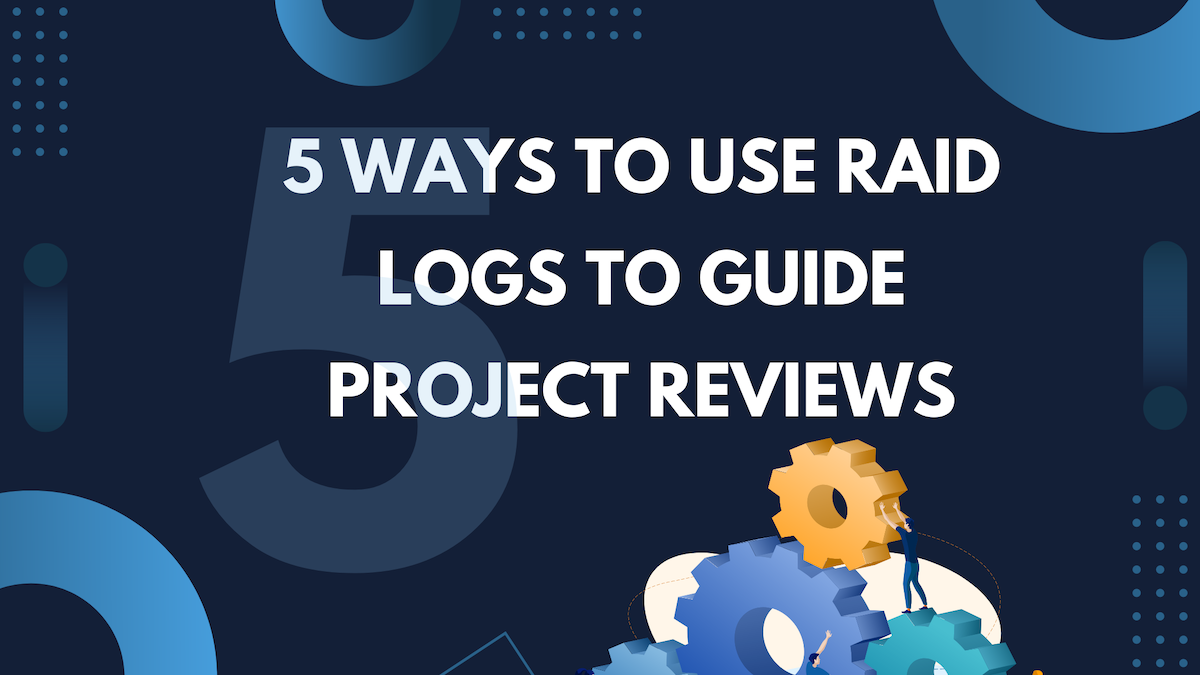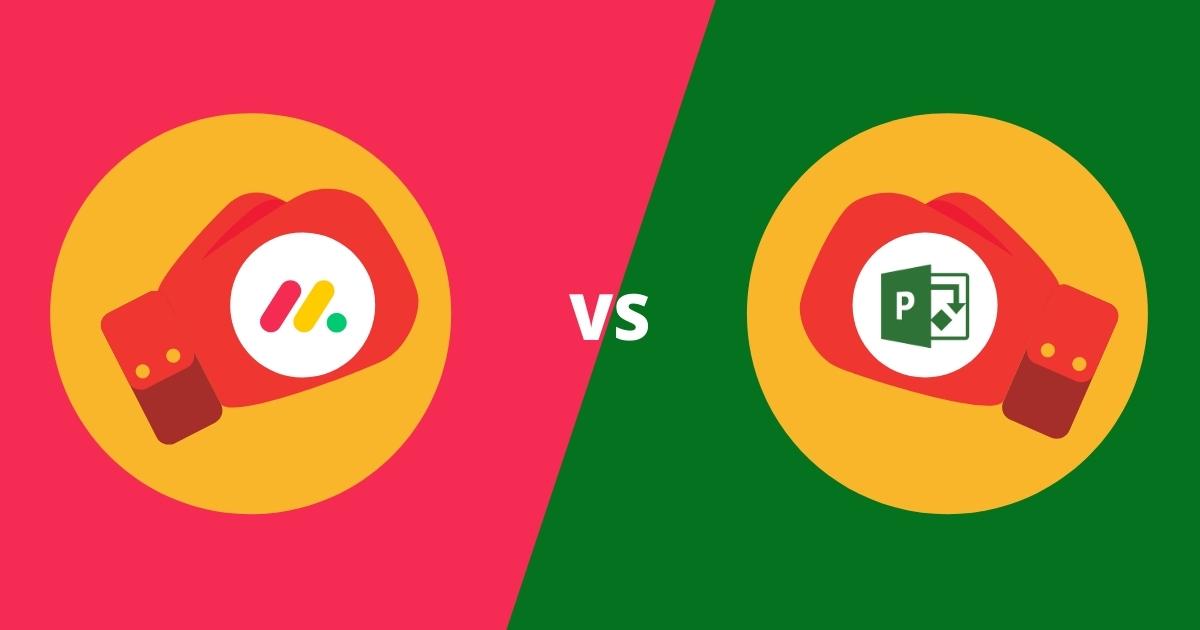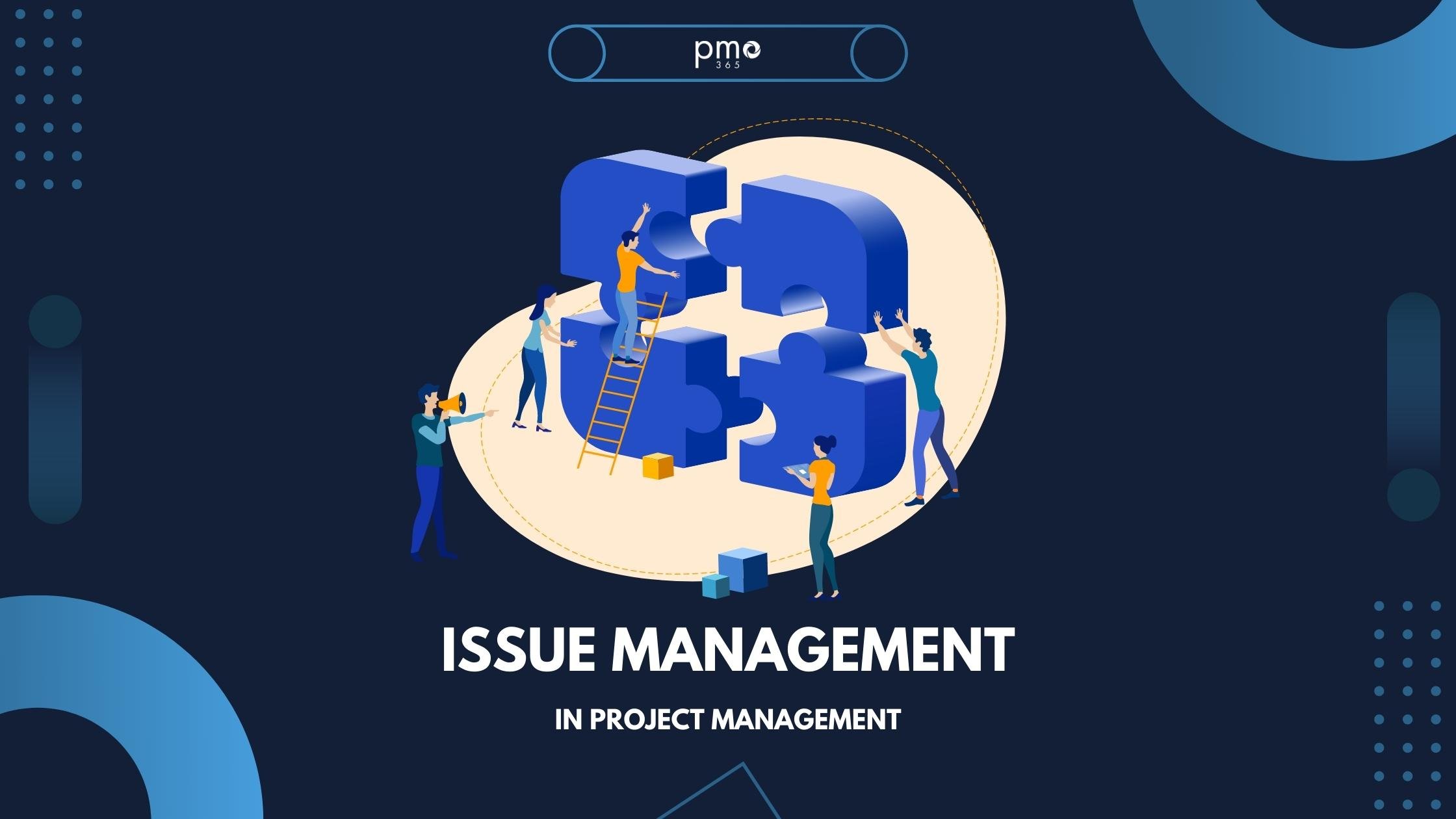Project Portfolio Management (PPM) is a process that project managers and project management offices (PMO) use to analyse and evaluate the expected return of a project. By consolidating and organising every piece of data about current and proposed projects, project portfolio managers provide informed analysis and forecasting for businesses that are looking forward to investing in new projects.
In essence, PPM gives managers and organisations the ability to see the bigger picture.
Project Portfolio Management is about taking informed risks
Risk-taking is an essential part of any business. Without taking risks, a business cannot meet new heights and flourish. However, it is vital to understand that a bigger risk does not always mean a bigger reward.
PPM helps businesses understand and predict the possible outcomes of undertaking different projects by telling them which would be most beneficial for them. It answers questions like:
- Are there enough resources to take on this project?
- Is there any similar project that can be used to model the new one?
- Would this new project help achieve the overall objectives of the business?
PPM helps businesses mitigate risks. This process gives organisations the foresight to identify any possible risks and puts the required measures in place. Hence, companies are able to manage risks and work on projects accordingly.
What is a Project Portfolio Management Process?
Now that you know what project portfolio management is, it is vital to understand that the PPM process is the key to its success. After all, this process defines how a company approaches project prioritisation, resource allocation, scheduling, budgeting, and other essential project components.
The management of multiple concurrent projects can create portfolio misalignment risks if managed poorly. As the complexity and resource requirement of projects increase, the strategic direction of the business can be compromised if these conditions are not perceived and balanced relative to concurrent projects. There are many adverse effects resulting from strategic misalignment, such as:
- Too many, but small projects
- Too many projects shared across limited resources
- Failure to cancel projects
- Poor project prioritisation
- A higher project failure rate
- Poor data on prospects
To tackle all these issues, companies need a process that prioritises and validates the projects’ financial and strategic value. The answer to this problem is pretty simple: A PPM Process.
4 steps to build your Project Portfolio Management Process
In order to be successful with the PPM process, there are some practices that a business can follow. These include:
1. Identify Business Strategy and Goals
Identifying organisational goals and defining a business strategy. Then develop an action plan to meet those goals.
2. Establishing a Project Management Office
It is highly recommended that businesses form a centralised office to coordinate efforts across the organisation and to oversee portfolio management processes.
3. Develop Project Evaluation Criteria
The project management office can work with the company leaders for the creation of project evaluation criteria. This will help the organisation evaluate, review, and authorise projects to ensure that they align with strategic objectives.
4. Developing a Risk Management Strategy
Lastly, developing a risk management strategy is a vital PPM process for many things such as responding to changes in market conditions or identifying worst case scenarios, etc.
What is the important role Of Project Portfolio Management?
PPM plays a more important role than many organisations anticipate. For instance, it offers:
- better decision making
- the capability to prioritise high-value projects
- a higher success rate in project delivery
- better budget management
- better efficiencies
- better management and response to change
No matter how successful and high-value a project might be, it still can be a victim of overspending. PPM helps companies contain budgets by allowing managers to nip overspending and seeing at a glance where resources are being over-allocated.
What is the difference between Project Management and Project Portfolio Management?
Lastly, it is critical to understand that although they sound similar, project management and project portfolio management are not the same.
A portfolio is a much higher-level view of all the projects that a company is running to meet the main strategic objectives. It could include all the projects across a company, division, or even a department. On the other hand, project management is focused on the single undertaking of a project. It is not a higher-level view of all the projects in an organisation.
Similarly, project managers focus on a single project and see whether everything is working on time, within budget, and meeting all the established requirements. Contrastingly, project portfolio managers look at all the company’s projects and see whether they are executed correctly, whether it can be improved, and whether the business is reaping the expected benefits. The only significant difference between the two is the level of management, and whether it is a high-level view of all the projects in a company or a single project.
If you would like to learn more about the latest Project Portfolio Management practices, tips, and tools, make sure to have a look at our blog. If you’re interesting in PPM software, check out our comprehensive guide on choosing the best Project Portfolio Management software for your organisation.













